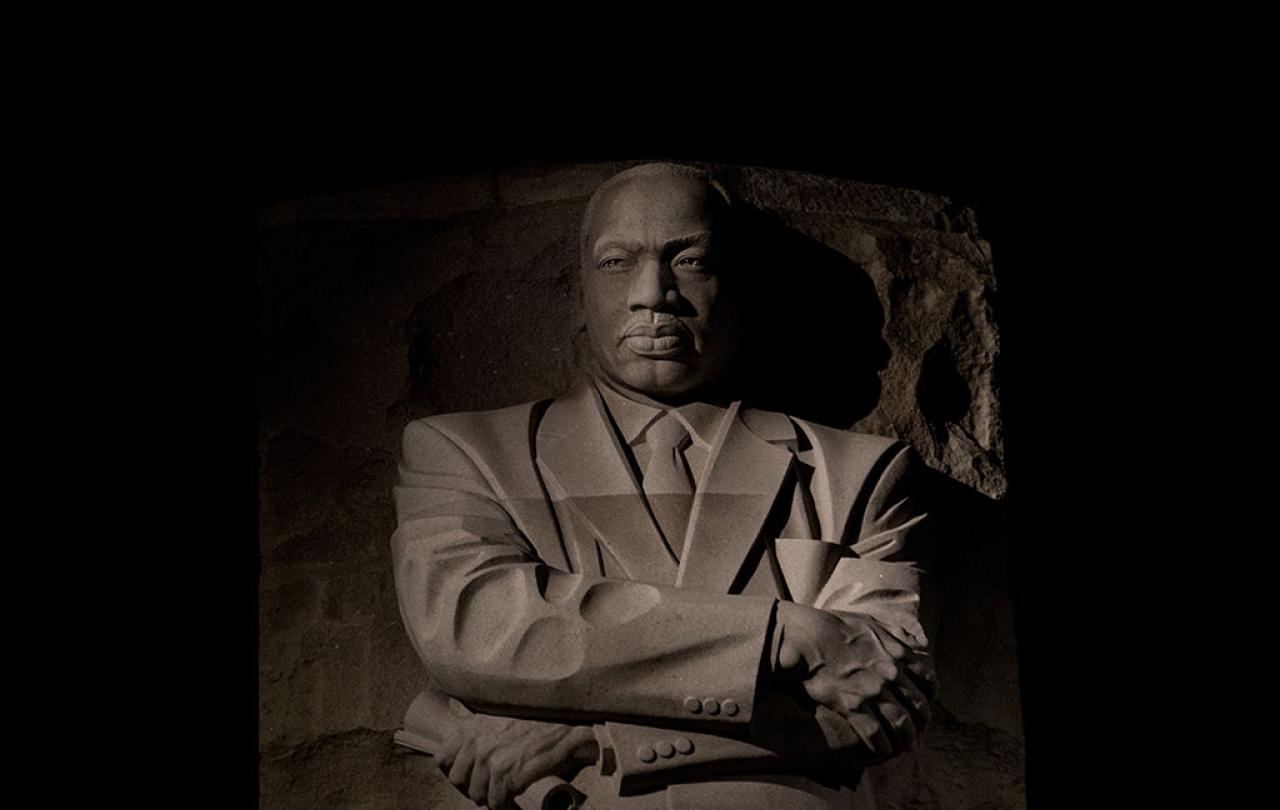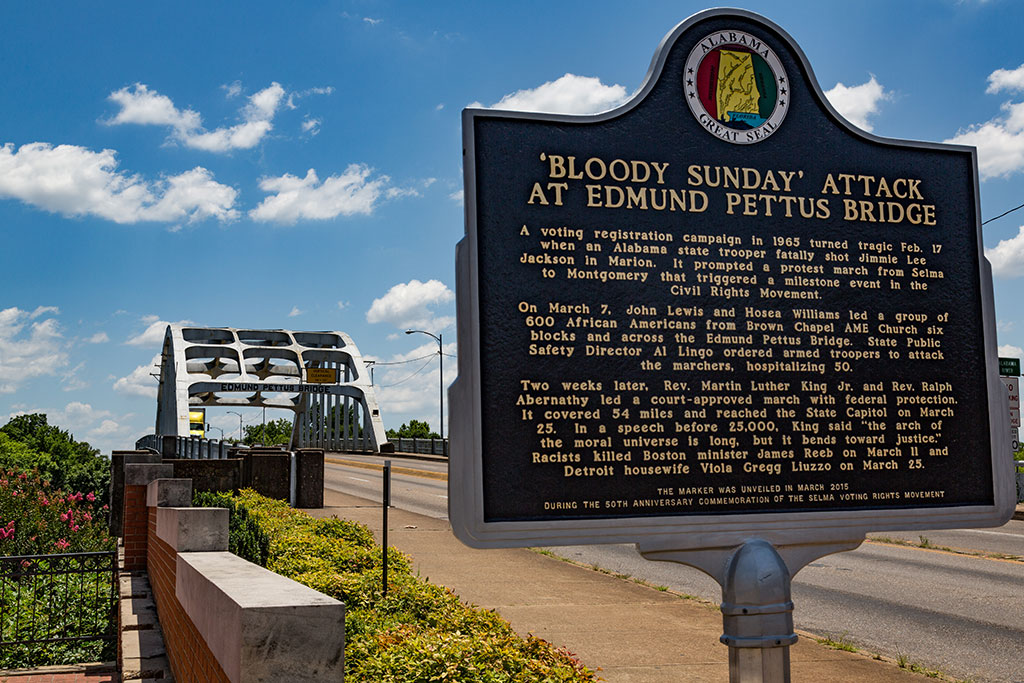
The 2023 Rugby Union World Cup Final was one of the most iconic international matches in living memory, involving two of the most iconic teams – the All Blacks and the Springboks. It’s not surprising that after reaching such a pinnacle of a sporting career, there should be retirements that followed. But two retirements caught my eye. Not from players, but from referees: Wayne Barnes, the most experienced international referee in the world, the main match official, and Tom Foley, also highly experienced, the Television Match Official. Why? Wayne Barnes’s statement is particularly gracious and thoughtful. But the reason given in common with Tom Foley, and indeed many others in similar situations and similar high-pressure roles in the public eye, is worrying: online abuse. After the cup final, death threats were even sent to the school of Foley’s children.
Online abuse has become an endemic, worldwide problem. There are real people issuing these threats and abuse; and there are real people receiving them, and responding in some way. Of course, there is also the problem of online ‘bots’. But they only succeed in their abuse because of their imitation of real abusers.
It’s worth asking why, because we can go beyond the helpless handwringing of ‘the perils of being online’. There are philosophical and indeed theological reasons, and philosophical and theological ways, I suggest, of climbing out of the abyss.
In fact, all words ‘act’ in some way. Even plain truth-describers assert something, such that an interlocuter can learn or discern for themselves.
Let’s go back to the 1950s, when two important advances in the philosophy of language and in religious language occurred. The first came from Oxford, and the White’s Professor of Philosophy, J.L. Austin. The second came from Durham, and its then Bishop, Ian Ramsey.
Austin, whose remarkable life and work has now been brilliantly documented for the first time in the biography by Mark Rowe (published by OUP, 2023) was a decorated Second World War veteran in the intelligence corps who was widely recognised as being one of the masterminds of the success of the D-Day Landings. On his return to Oxford in the late 1940s he perceived with great dissatisfaction a certain philosophical move which accorded the greatest importance in language to words and phrases which described things, which indicated some form of empirical truth about the world. For sure there were other kinds of use of language, religious language, emotional language, and so on, this argument continued. But that was fairly worthless. Describing cold hard scientific truth was the true utility for language.
Austin’s most famous response was in his book How To Do Things With Words. The function of language goes way beyond the scientific description of the world. Language acts, it does things. We promise, we name, we cajole, we threaten, we apologise, we bet. There is no real ‘truth’ as such conveyed in such ‘speech-acts’. Their importance lies, rather, in what is thereby done, the act initiated by the words themselves. Or, in the Austin-ian jargon, the ‘illocution’ within the ‘locution’.
But Austin realised something even more important as he investigated this form of language – these performative utterances. In fact, all words ‘act’ in some way. Even plain truth-describers assert something, such that an interlocuter can learn or discern for themselves. What matters is how ‘forceful’ the relevant act of speech is in each case. Sometimes the speech-act is very simple and limited. In other cases, such as threats, the performative aspect of the utterance is most forceful indeed.
Austin’s student John Searle took the idea of performative language to America, and developed it considerably. Most notable for our purposes, however, over against Austin’s idea, was the separation of speech from act. By analysing the conventions and circumstances which surround the performance of a speech act – a baptism service for instance – we can observe how and why the act occurs, and how and why such an act might go wrong. But the debate was then divorced from the context of speakers themselves performing such actions, an integrity of speaker and action. The philosophical problem we then hit, therefore, is that a spoken word and the associated act (‘locution’ and ‘illocution’) are two entirely separate ‘acts’.
Let’s move now from Oxford to the great Cathedral city of Durham. At the same time as Austin was teaching in Oxford, the Bishop of Durham Ian Ramsey – apparently unaware of Austin’s new theory of performatives – investigated religious language to try and get to grips with both how religious language does things, and what it says of its speakers and writers. Ramsey developed a two-fold typology for religious language – that of commitment and discernment. First, religious language implies two forms of commitment: there is the speaker/writer’s commitment of communicability, a desire to communicate, to be comprehensible, to ‘commune through language’; and the speaker/writer of religious language also entertains prior commitments for the language adopted – language is rarely neutral when it comes to religion. Second, religious language implies a form of discernment about the words that are being invoked and for what purpose. They are not universals, but carry special meanings according to the particular conventions involved. Commitment and discernment.
But this new innovation in the philosophy of religious language too was taken up and developed away from Ramsey’s idea – particularly in the much more famous work of John MacQuarrie, a Scottish philosophical theologian who spent much time teaching both in the States, and in Oxford. In MacQuarrie, writing at the height of the influence of thinkers such as Heidegger and Bultmann, Ramsey’s ‘commitment’ and ‘discernment’ got subsumed into existentialism and myth. The religious speech act became merely an event or an act for the self, a personal matter which might involve transformation, but might not.
These two strands, of the philosophy of language as it got taken up by Searle and his American counterparts, and of the philosophy of religious language as it got taken up by MacQuarrie, have for some time now predominated. And it is only recently that scholars on both sides have begun to perform a ressourcement, both on Austin, and on the nature of religious language in the wake of Bultmann.
The Twitter-sphere seems irrevocably to have divorced the bonds that tie speaker to their acts. In these fertile conditions, abuse flourishes.
We can now return to the cases of Wayne Barnes and Tom Foley, and many others in many different walks of life just like them. Undoubtedly, the emotional, existential, and physical distance secured by interacting online has created the conditions for online abuse to flourish. But at a deeper level, what we are witnessing is a profound loss of commitment and discernment in the use of language, in society as a whole and also in the Church. Real people feel free to use language oblivious to any inherent act contained within it. The Twitter-sphere seems irrevocably to have divorced the bonds that tie speaker to their acts. In these fertile conditions, abuse flourishes. Similarly, in the Church, the commitment and discernment which has lain behind millennia of liturgical and doctrinal language has become a private spiritual matter; or indeed has been neglected in public when religious witness has not been matched between word and deed.
How do we walk back from this cultural abyss? There is an ethical, and, potentially, a religious choice to make. The ethical choice is to think about what our language does to those who read (or hear) it, and to change the way we speak or write, accordingly. Ramsey's modes of ‘commitment’ and ‘discernment’. The religious dimension is to recognise that our words bind us to a system of belief, whether we like it or not. Saying one thing and doing another in a religious context implies a diminution in value of language for all concerned, not just the private life of the individual believer.
Actions speak louder with words.







